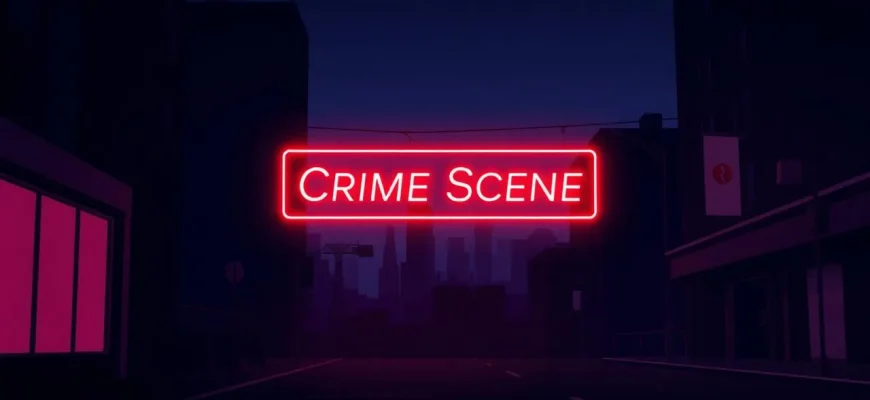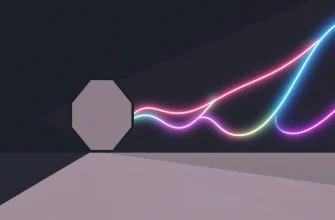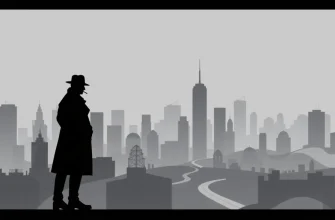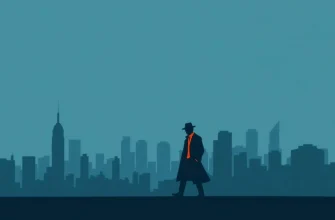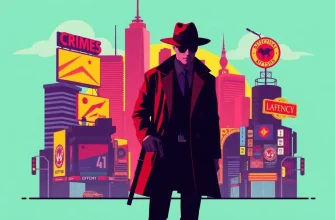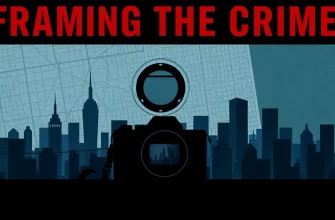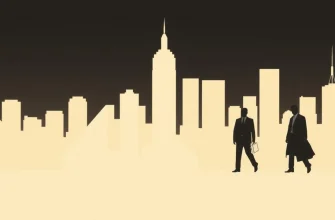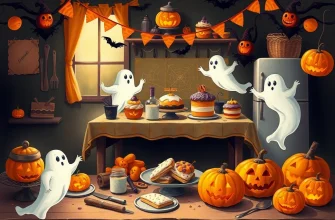Dive into the shadowy world of crime with our handpicked selection of films where the visual storytelling is as compelling as the plot. These movies not only delve into the dark underbelly of society but also captivate with their use of light and shadow, color, and composition to create a visual feast that complements the narrative. Whether you're a fan of neo-noir, gritty realism, or stylized crime dramas, this collection offers a visual treat that enhances the cinematic experience.
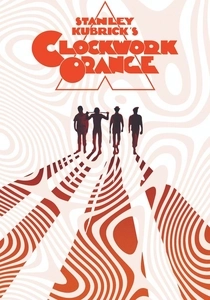
A Clockwork Orange (1971)
Description: Stanley Kubrick's film uses a mix of vibrant colors and stark, clinical settings to explore themes of free will and violence, creating a visually jarring experience that's as unsettling as it is beautiful.
Fact: Kubrick personally selected the music for the film, including classical pieces and the iconic "Singin' in the Rain." The film was banned in several countries due to its controversial content.
 Watch Now
Watch Now 
The City of Lost Children (1995)
Description: This French film by Jean-Pierre Jeunet and Marc Caro uses a surreal, almost steampunk aesthetic with a mix of dark, oppressive environments and whimsical, colorful elements to tell a story of innocence and darkness.
Fact: The film's production design was heavily inspired by the works of H.R. Giger and the visual style of German Expressionism. It was nominated for the Academy Award for Best Foreign Language Film.
 Watch Now
Watch Now 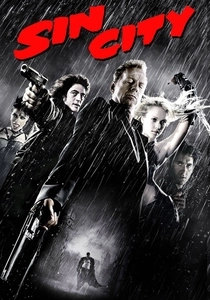
Sin City (2005)
Description: "Sin City" is a visual masterpiece, using stark black-and-white imagery with splashes of color to bring Frank Miller's graphic novels to life. The film's visual style is as much a character as the hard-boiled heroes and femme fatales that populate its world.
Fact: The film was shot almost entirely on green screen, with the backgrounds and effects added in post-production. Robert Rodriguez and Frank Miller co-directed the film, with Quentin Tarantino directing a segment.
 Watch Now
Watch Now 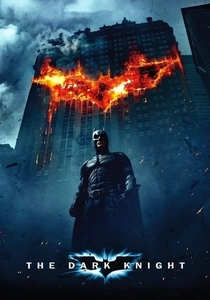
The Dark Knight (2008)
Description: Christopher Nolan's "The Dark Knight" employs a gritty, realistic visual style with contrasting light and shadow to explore themes of chaos and order, making Gotham City a character in its own right.
Fact: The film was the first comic book movie to earn an Academy Award nomination for Best Picture. Heath Ledger's portrayal of the Joker won him a posthumous Oscar.
 Watch Now
Watch Now 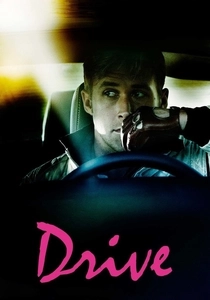
Drive (2011)
Description: "Drive" uses neon lights and the stark contrast between day and night to create an atmosphere of tension and beauty. The film's visual style, with its minimal dialogue, lets the images speak volumes about the protagonist's inner turmoil.
Fact: The film's opening sequence, featuring a getaway driver's meticulous work, was shot in one continuous take. The soundtrack, featuring synth-pop, complements the film's aesthetic.
 Watch Now
Watch Now 
The Girl with the Dragon Tattoo (2011)
Description: David Fincher's adaptation of Stieg Larsson's novel uses Sweden's bleak winter landscapes and dark interiors to mirror the story's themes of corruption and revenge, with a visual style that's both chilling and beautiful.
Fact: The film features an original score by Trent Reznor and Atticus Ross, who also scored "The Social Network." The opening credits sequence was designed by Tim Miller, known for "Deadpool."
 Watch Now
Watch Now 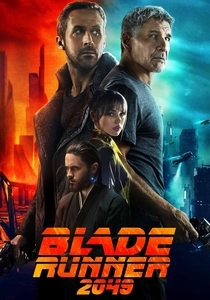
Blade Runner 2049 (2017)
Description: Denis Villeneuve's sequel to the iconic "Blade Runner" continues the tradition of using futuristic, neon-lit cityscapes juxtaposed with desolate landscapes to explore themes of identity and humanity.
Fact: The film took over four years to complete, with extensive use of practical effects and miniatures. It was shot in various locations including Hungary, Iceland, and Spain.
 Watch Now
Watch Now 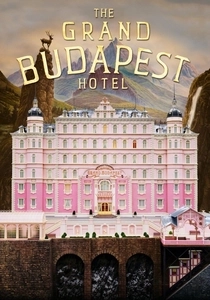
The Grand Budapest Hotel (2014)
Description: While not strictly a crime film, Wes Anderson's "The Grand Budapest Hotel" features a heist and murder mystery, all wrapped in Anderson's signature pastel palette and meticulously composed frames, making it a visual delight.
Fact: The film uses three different aspect ratios to reflect different time periods. The hotel itself was constructed as a set, showcasing Anderson's attention to detail.
 Watch Now
Watch Now 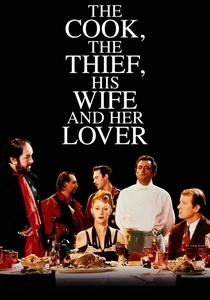
The Cook, the Thief, His Wife & Her Lover (1989)
Description: Peter Greenaway's film is known for its use of color to signify character and mood, with each room in the restaurant having a distinct color scheme, creating a visual narrative that's as rich as the film's themes of power, desire, and revenge.
Fact: The film was shot in a real restaurant, with the set designed to change colors as the story progresses. Helen Mirren's performance was critically acclaimed, earning her a BAFTA nomination.
 30 Days Free
30 Days Free 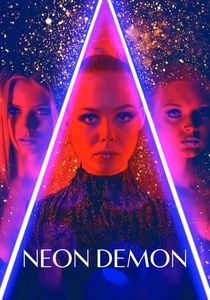
The Neon Demon (2016)
Description: Nicolas Winding Refn's "The Neon Demon" is a visually arresting exploration of beauty and obsession, using vibrant colors and stark contrasts to create a surreal, dreamlike atmosphere.
Fact: The film was shot in Los Angeles, with Refn using the city's iconic locations to enhance the film's visual narrative. The soundtrack was composed by Cliff Martinez, known for his work on "Drive."
 30 Days Free
30 Days Free 
